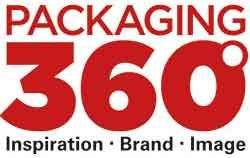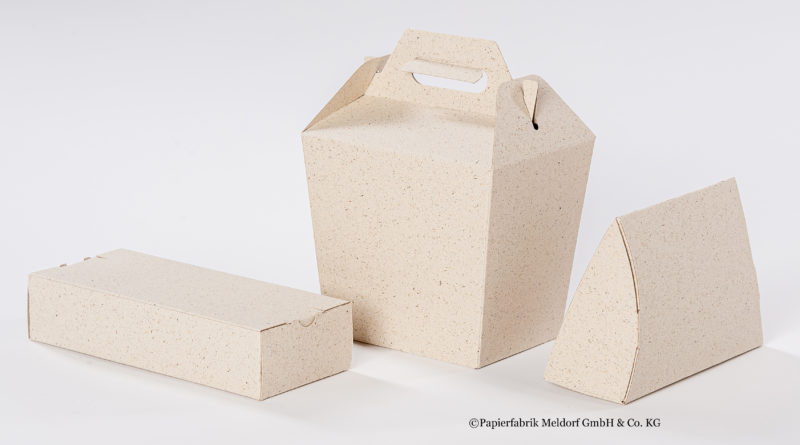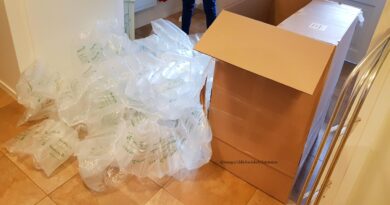“Sustainability Must Be Uncomplicated”
Grass is available to the packaging industry as a new paper raw material. The Meldorf paper mill in Schleswig-Holstein has been active in the paper-producing industry for more than 60 years and is convinced of grass fiber as a material. The company already received a lot of attention at FACHPACK in 2019 when it presented its grass fiber products. On the first day of FACHPACK 2021, Heinz Kührt, paper engineer, gave a presentation on “News on Grass Fibers”.
Your two paper machines can produce all common corrugated base papers. Primarily corrugating and liner papers made from 100 percent recycled paper. But why is your focus increasingly on the “Nature-Liner” product line with a grass fiber percentage?
Heinz Kührt: As a smaller company, we at Papierfabrik Meldorf do not see our future in standard products, but in innovative products such as grass fiber. In this, the market is proving us right with many discussions and projects. In addition, we are not only concerned with grass fibers, but also with other possibilities to make our product even more sustainable. These would be alternative fibers that are already available today. Our life cycle assessment comparing grass fiber to recycled fiber has encouraged us to do so.
What percentage of grass waste do you use? A maximum of 40 percent is currently possible? Will it be more at some point?
Kührt: Our percentage of grass fiber in the paper is up to 30 percent. We are constantly asked by our customers about this issue. But: with our amount of grass fiber, we now have a functional product that can be used without restriction in terms of processability. And if we look at our eco-balance, one truck full of paper of our natural liner at least generates the weight of a small car, namely about 1.2 tons less CO2. Sustainability must be uncomplicated, then acceptance also increases. We use wastepaper with our grass fiber and no virgin fibers! Wastepaper already has a lower CO2 potential than wood fiber in first use.
Grass is cheaper and a fast-growing raw material. Grass from compensation areas, which is not used for feeding and is mown, can be processed, and mixed with pulp. Where do you source your grass content?
Kührt: This question must be looked at in a somewhat more differentiated way. If you look at the three types of fiber – wood fiber, recycled fiber, and grass fiber – you have to conclude that grass fiber is cheaper than wood fiber, which in turn is more expensive than recycled fiber. Grass fiber can be combined with all types of fibers. Of course, in direct contact with foodstuffs, the virgin fiber offers advantages over the recycled fiber, for example when it comes to fatty products. But this is also true in combination with grass fiber. We source our grass regionally, with availability all year round, and this includes climatic conditions. The grass comes from compensation areas, from areas of extensive use. Here the nutritional values are too low for feed production, so that this raw material is not used for this. On these areas, the grass accumulates during maintenance cuts that are necessary anyway. The areas must be mowed, maintained in short intervals. An alternative would be under-mulching.
What kind of packaging are your papers used for?
We are a paper mill that comes from the packaging paper sector, we produce corrugated base papers. The Nature liner product line comes from that approach. This year, we have expanded the Nature-Liner production line to include the “Nature-Board” in base weights from 250 to 550 g/m². This enables us to combine the corrugated board and folding carton sectors in a uniform appearance. The new grass fiber folding boxboard meets all the technological values expected of a recycled fiber.




